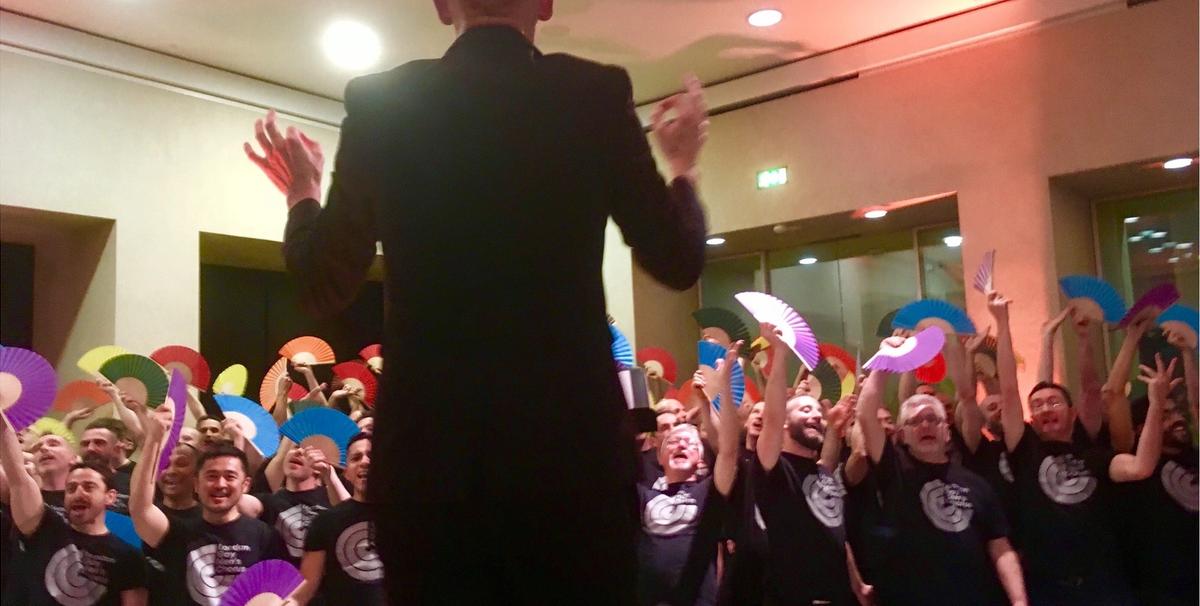There was a distinct dearth of flamboyant garb at Tate Britain’s private view of Queer British Art—honourable exceptions being the young man in underpants and a feathered headdress, and the gentleman sporting a collar of pink rhinestone roses. But perhaps it was deemed unnecessary, with so many extravagant sartorial gestures to be found amidst the exhibits, whether the pink wig and diamanté earrings worn by 1930s female impersonator Jimmy Slater; Vita Sackville-West’s dashing red hat as painted by William Strang; Stephen Tennant in satin and pearls as Prince Charming; or Noël Coward’s monogrammed vermillion silk dressing gown.
Then there’s also the fact that this is a show permeated with multiple tales of prejudice, discrimination, fear and tragedy. For it specifically covers art and artefacts made in the century-plus span between the repeal of the death penalty for sodomy, in 1861, and the Sexual Offences Act of 1967, which—let’s not forget—only partly decriminalised sex between men. (They still had to be over 21, behind closed doors and not in the armed forces, with the age of consent only lowered to 16 in 2001). Significantly, in his foreword to the exhibition catalogue, the Tate chairman Lord Browne of Madingley writes: “I remained in the closet, hiding my true identity until 2007.”
A cathartic outlet for all these mixed emotions swirling around last night’s (3 April) opening of this important and timely exhibition was provided by a stirring performance from the London Gay Men’s Chorus. This included I Feel Pretty (accompanied by some nifty synchronised mirror action), Bridge Over Troubled Water and—of course—much hearty singing along to their spirited rendition of Glad to Be Gay.



